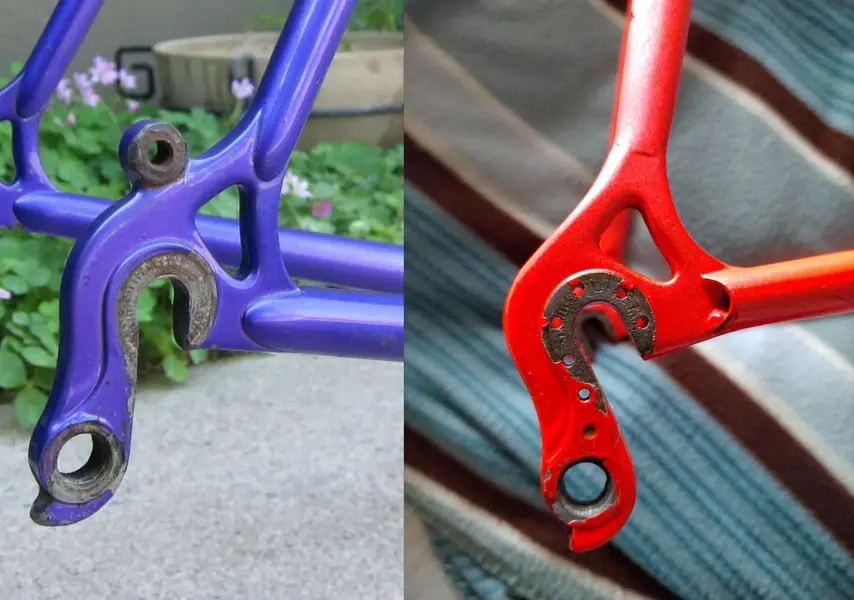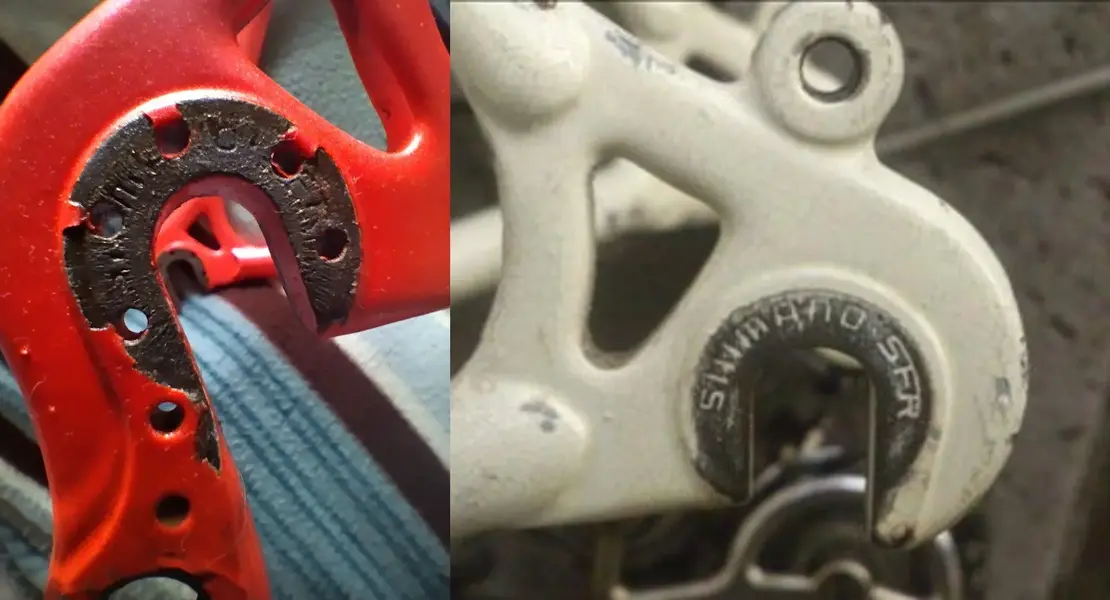- Feedback
- View
I'm sorry (I'm not really) but everything whiffs of late 1980s into the 1990s for that frame
Most builders stuck with traditional horizontal dropouts and the same type of fork over and over again.
My own 1980s Raleighs, British Eagle, Dawes and other tourers have all been built seemingly using the same instruction manual.
The one pictured appears to be later going from what I've owned and looked at over the years
Using an obscure one-off TT frame as a reference 'so all frames must be like that' is just a bit misleading.
*My SBDU frames have been SB7336 and SB8387
Most builders stuck with traditional horizontal dropouts and the same type of fork over and over again.
My own 1980s Raleighs, British Eagle, Dawes and other tourers have all been built seemingly using the same instruction manual.
The one pictured appears to be later going from what I've owned and looked at over the years
Using an obscure one-off TT frame as a reference 'so all frames must be like that' is just a bit misleading.
*My SBDU frames have been SB7336 and SB8387

